Will saying something over and over again make it happen? Or, have you ever been told that if you visualize yourself getting what you want it will come true? The Law of Attraction phenomenon took the world by storm when The Secret by Rhonda Byrne exploded in popularity in 2006.
The Law of Attraction
Law of Attraction followers claim that all readers have to do is write down, visualize and feel the specific emotions they want and the world will answer. But does this actually work?
Goal-Setting Research
Researchers Heather Barry Kappes and Gabriele Oettingen conducted a study that was published in the Journal of Experimental Social Psychology that tested the validity of the Law of Attraction. The researchers asked participants to mentally envision three outcomes: positive fantasy, negative fantasy and neutral fantasies. While participants did this, the researchers observed physiological and behavioral indicators, as well as future achievement of these fantasies. Amazingly, the positive fantasies resulted in a larger decrease in energy than the negative and neutral fantasies.
In other words, they found that goal-oriented visualizations actually lessen the desire to achieve the goal.
Why Is the Law of Attraction a Myth?
It seems that imagining your goals may actually drain you of the ambition to achieve it. Many Law of Attraction gurus argue that tricking your brain into thinking it is real will help it come true. But actually what may happen is you trick your brain into thinking you have already achieved the goal so your brain no longer wants to work at it.
Visualizing can actually suck the energy out of our ambition and makes our brains more frustrated. The research found that visualizing actually lowers our blood pressure and heart rate. This is why many people who follow visualization principles believe it works. In reality, the lessened anxiety also reduces their drive.
Frighteningly, the researchers discovered that the more urgent the need to succeed, the less effective positive visualization becomes. For example, one of the trials the researchers conducted involved thirst. Researchers deprived participants (they volunteered for this!) of water so that they were incredibly thirsty. They then had them visualize a glass of icy cold water. They found that as participants visualized the water, the brain stopped trying to find water in the surroundings because it believed the goal had been achieved. The brain actually smothered a biological need to get water just from the visualization.
What Can We Do?
Even though visualizing the outcome of goals may not be effective, having goals is. Setting a series of long-term and short-term goals for yourself is very motivating. We can also use the findings of the research in other ways. If we know that positive visualization can lower blood pressure and heart rate, we can use it to calm ourselves down if we are feeling anxiety about goals. If you are tense, envisioning yourself as calm and nerve-free can help you be more successful in the end.
Even though we might not be able to use positive visualization to help us achieve our goals, it can help us stay clearheaded -- which might be a better mindset for pursuing goals.
Citation:
Heather Barry Kappes, Gabriele Oettingen, "Positive fantasies about idealized futures sap energy," Journal of Experimental Social Psychology, Volume 47, Issue 4, July 2011, Pages 719-729, ISSN 0022-1031, 10.1016/j.jesp.2011.02.003. (http://www.sciencedirect.com/science/article/pii/S002210311100031X)